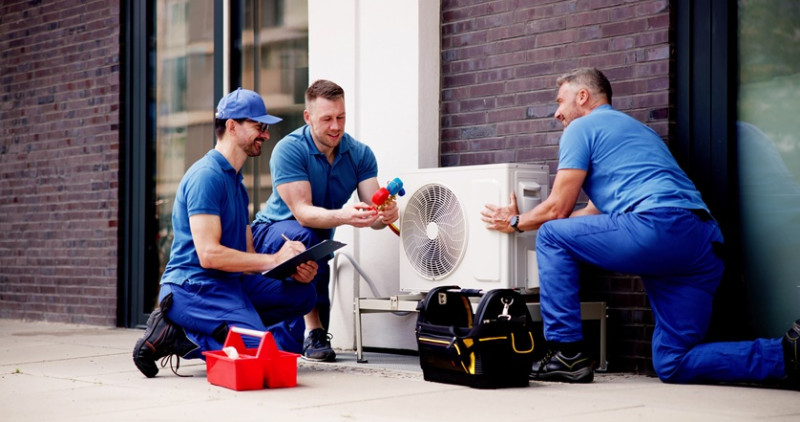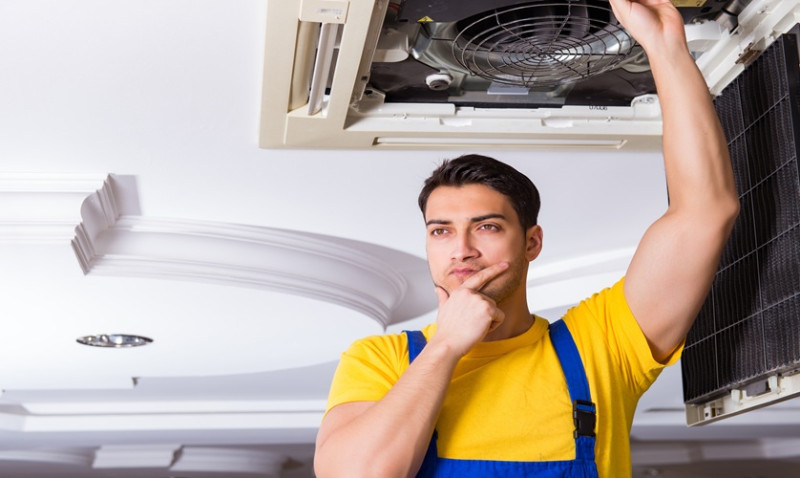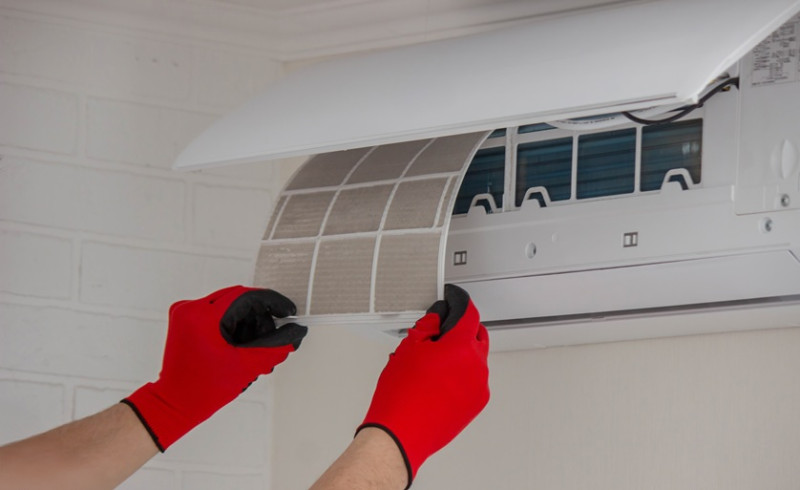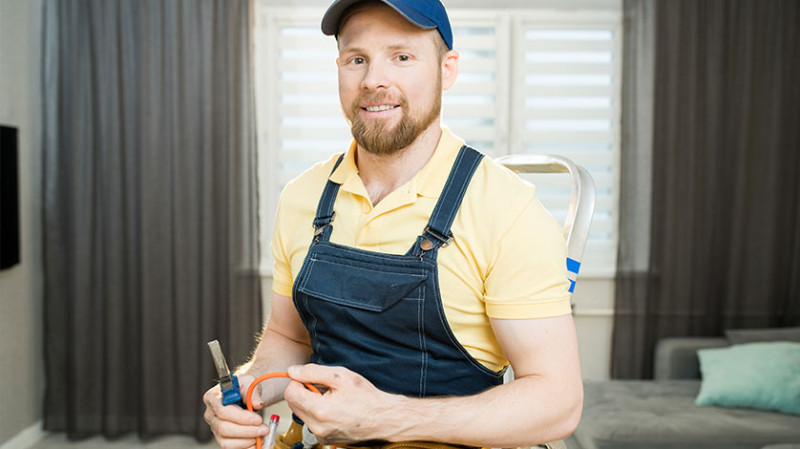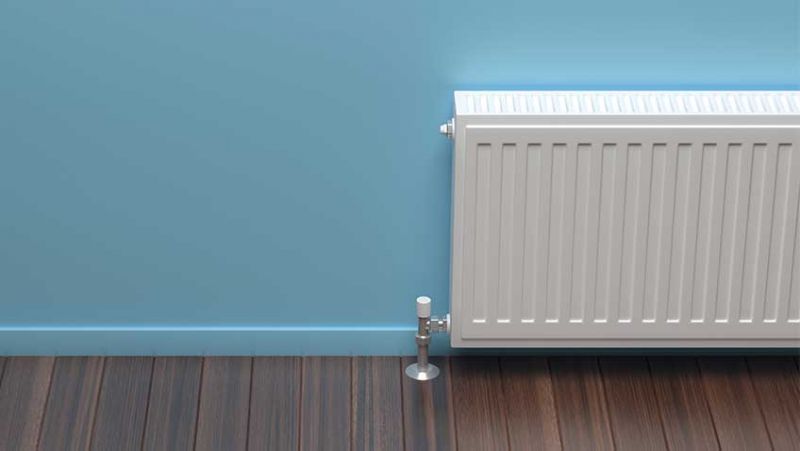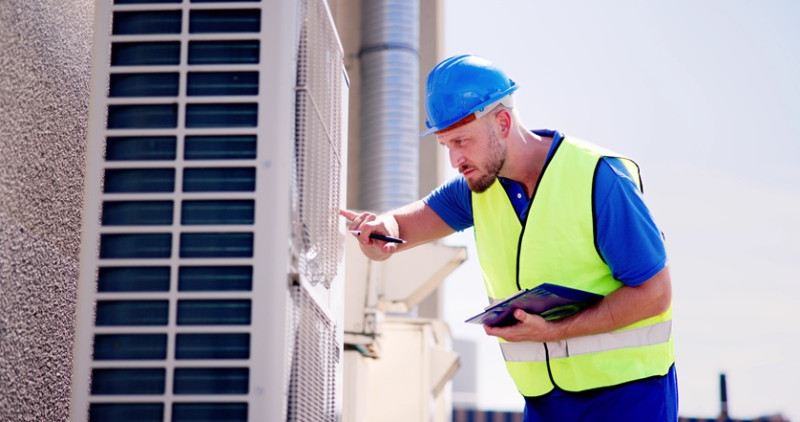
Heating, Ventilation, and Air Conditioning (HVAC) systems are the invisible workhorses of a comfortable home or workspace. Whether you're a DIY enthusiast upgrading your flat, a young professional renovating your first home, an architect designing contemporary living spaces, or a seasoned tradesperson aiming to deliver top-quality work, understanding HVAC best practices is key to efficiency, comfort and long-term cost savings.
With changing building regulations in the UK, rising energy bills, and growing awareness around environmental sustainability, choosing the right HVAC solutions and strategies is more important than ever. Below, we break down essential best practices that can help guide your decisions and ensure your HVAC system runs efficiently, reliably, and sustainably.
1. Choose the Right HVAC System for Your Space
The first and most crucial step in any HVAC installation is selecting the appropriate system for the structure and use of the space. A one-bedroom London flat will have very different heating and ventilation needs from an open-plan Victorian terrace or a converted barn in the countryside.
For urban homes and small flats, compact and energy-efficient systems like ductless mini-splits (air source heat pumps) may be ideal. Larger properties or commercial spaces often require more extensive central HVAC systems, possibly paired with smart zoning to control individual room temperatures.
Consult with a professional or use online heat load calculators specific to UK climate zones to ensure your system is neither underpowered nor oversized—both scenarios lead to inefficiency and inflated bills.
Architects and interior designers should collaborate closely with HVAC specialists during early design phases. This ensures systems integrate seamlessly without compromising aesthetics or function. Tradesmen should always refer to manufacturer specifications and Building Regulations Part L and F for compliance and energy efficiency standards.
2. Prioritise Proper Sizing and Load Calculations
One of the most common and costly HVAC mistakes is improper sizing. Bigger does not mean better when it comes to heating and cooling systems. An oversized system will cycle on and off more frequently, leading to excess energy consumption, increased wear, and poor humidity control.
The UK climate requires thoughtful consideration of heating loads in winter and moderate cooling needs during summer. Engage in Manual J calculations (or their UK equivalents) for load analysis, factoring in room sizes, window types, insulation quality, building materials, orientation, and even occupant habits.
DIY enthusiasts should avoid guesswork and work with trusted professionals or certified online calculators approved by CIBSE or BRE to evaluate total heating and cooling needs before any installation begins.
Tradespeople should document these calculations during the project for accountability and possible Building Control checks—especially when applying for any government energy grants like the Boiler Upgrade Scheme or ECO4.
3. Focus on Energy Efficiency and Environmental Impact
UK homeowners are becoming increasingly eco-conscious. Modern HVAC systems should be energy efficient and ideally sourced from manufacturers committed to reducing carbon emissions.
Look for systems with High Seasonal Energy Efficiency Ratio (SEER) and Energy Efficiency Ratio (EER) ratings. Appliances with the highest EPC score (Energy Performance Certificate) can significantly reduce monthly energy bills—a major selling point for property listings in today’s green-savvy market.
Designers should consider integrating HVAC systems with renewable technologies such as air source or ground source heat pumps, which qualify for subsidies under the UK’s Renewable Heat Incentive (RHI). These systems work exceptionally well in both new builds and retrofits when paired with underfloor heating or thermally responsive architecture.
If you’re working on a tight budget or in a heritage property, upgrading to thermostatic radiator valves (TRVs) and adding proper insulation might be a more practical path to improved efficiency without replacing the entire system.
4. Embrace Smart Thermostats and Zoning Controls
Gone are the days of manually adjusting the thermostat every few hours. Smart thermostats—like Nest, Hive, or Tado—have revolutionised how we use HVAC systems in UK homes and workspaces.
These devices learn your habits, respond to weather data, and can be controlled from mobile devices, allowing you to optimise comfort while cutting costs. Smart zoned heating, where each room can be adjusted individually, is especially useful in multi-occupant properties or large extensions.
Architects and developers should integrate smart thermostats into home automation plans from the beginning, ensuring seamless wiring and correct placement. Tradesmen should note the compatibility of thermostats with existing systems—for example, using OpenTherm protocols to modulate boiler efficiency in real-time.
DIYers can benefit from retrofitting smart thermostats on existing combi boiler systems fairly easily, but always ensure power supply and relay configurations are compatible before installation.
5. Don’t Overlook Ventilation – It’s Half the Battle
While heating and cooling often take centre stage, ventilation is just as crucial—especially in a post-COVID era where clean indoor air is a top concern. Effective ventilation ensures fresh air circulation, controls humidity, and prevents issues like mould, condensation, and indoor pollutants.
Mechanical Ventilation with Heat Recovery (MVHR) systems are becoming a gold standard in new-builds and Passivhaus-style designs. They allow stale air to be expelled while capturing heat and reusing it for incoming fresh air—great for reducing heat loss in insulated homes.
Tradesmen should follow Part F of UK Building Regulations when installing or upgrading ventilation systems. For properties fitted with energy-efficient windows and doors, trickle vents and extractor fans need recalibration to balance air exchange.
DIY homeowners doing energy-retrofits should assess current ventilation before sealing up draughty areas. A well-insulated home without adequate airflow may actually turn into a trap for moisture and allergens.
6. Schedule Regular Maintenance and System Checks
Like any complex system, regular maintenance is essential to optimise HVAC performance and avoid costly breakdowns. This includes changing filters, checking refrigerant levels, cleaning ducts, lubricating moving parts, and ensuring sensors are calibrated.
Professional servicing should be carried out at least once a year, preferably before peak usage periods like winter in the UK. Many local tradespeople offer annual service contracts, which are a great way to catch issues early and extend system lifespan.
For landlords, annual HVAC servicing is also part of meeting your obligations under the Housing Health and Safety Rating System (HHSRS), especially in rental units with vulnerable tenants.
DIYers can perform minor maintenance like cleaning vents and changing filters, but jobs involving refrigerants or sealed systems must be left to certified professionals with F-Gas accreditation.
7. Ensure Proper Installation and Commissioning
No matter how good your HVAC system is, poor installation can undermine performance and safety. Commissioning—a thorough test and calibration at the end of the install process—is essential for validating performance and compliance.
Installers must follow SFG20, CIBSE, and Building Compliant templates when commissioning medium to large HVAC systems. This includes verifying airflow across all outlets, checking temperature splits, ensuring leak-free connections, and programming controls correctly.
Homeowners and designers should insist on receiving installation certificates and commissioning reports, particularly where warranties or building insurance depend on proof of proper setup.
Tradesmen who cut corners during installation may leave homeowners with sky-high bills and ailing systems—word gets around fast, so best practices aren’t just ethical; they’re good business too.
HVAC Best Practices at a Glance
| Best Practice | Why It Matters | Who Should Act |
|---|---|---|
| Correct System Sizing | Prevents wasteful energy use and poor performance | Designers, Installers, DIYers |
| Energy-Efficient Models | Reduces bills and environmental impact | Homeowners, Architects |
| Smart Thermostat Integration | Enhances control, reduces running costs | DIY Enthusiasts, Installers |
| Regular Maintenance | Extends equipment lifespan and ensures safety | Landlords, Tradespeople |
| MVHR Systems | Improves indoor air quality while retaining heat | Architects, Retrofit Designers |
Final Thoughts
Whether you're fitting out a modern new-build, retrofitting a family home, or specifying systems for a residential complex, following core HVAC best practices will yield better comfort, lower energy bills, and higher long-term value.
For professional tradespeople, staying ahead of HVAC trends and systems ensures credibility and client satisfaction. For DIYers and homeowners, even small upgrades like smart thermostats and filter replacements can make a noticeable difference.
By treating HVAC as an integrated part of your building’s health—rather than just a background extension—you can create more sustainable, liveable and beautifully functional spaces across the UK.

